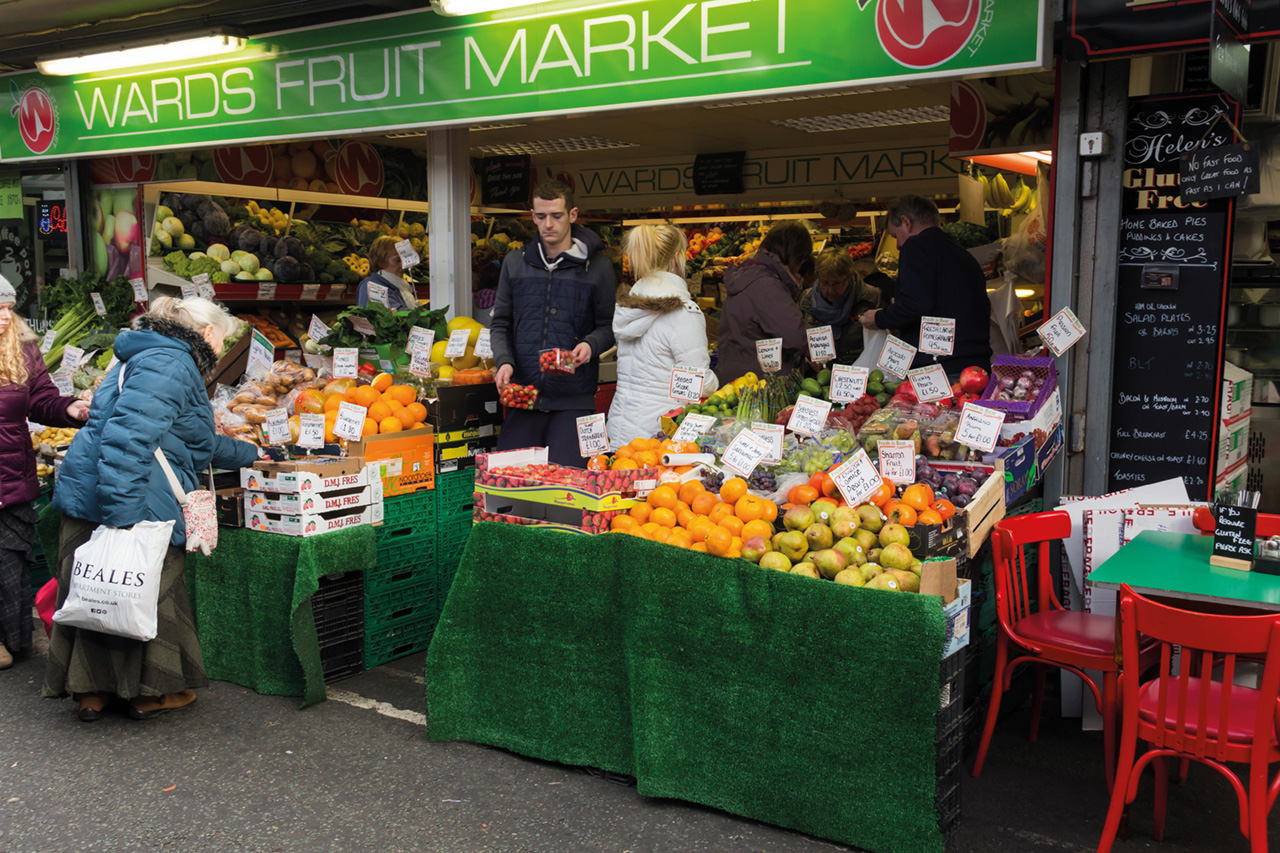The food we eat is slowly killing us. One in seven people whose deaths were preventable die of diet-related disease. Even more so now: people living with obesity are much more likely to be hospitalised or die of Covid. And the burden is not shared equally, because poorer people tend to have even unhealthier diets.
At the same time, the food system, particularly industrial meat farming, is a major contributor to global warming, land degradation and loss of biodiversity.
The main problem is that we eat too much processed food and meat, and not enough fruit and vegetables. The EAT-Lancet Commission recommended a 100 per cent increase in consumption of legumes, fruits and vegetables, and a 50 per cent reduction in the consumption of sugar and red meat.
Getting people to eat more fruit and vegetables is not an easy feat. Most of us are aware that fresh produce is good for us, but decades of technological progress in the food industry have made eating junk food easy, attractive, and cheap. Plus, nobody likes to be told what to do and eat, least of all by the government.
Poorer families are more responsive to prices, so a subsidy would reduce inequality
Over the years, the national government, local authorities, NGOs, schools and doctors have tried a great number of approaches to improving diets. Some of these are shown to be effective: restrictions on advertising, recently extended to include all advertising before 9pm for food high in fat, sugar and salt, nutrition labelling, and various nudges, like prominently displaying fruit instead of sweets at supermarket checkouts. But the combined effect of these interventions is not enough.
A subsidy on fruit and vegetables would hugely contribute to shifting diets in the right direction. And because poorer families are more responsive to prices, a subsidy would decrease inequality as well.
A subsidy could be implemented through the value added tax (VAT) system, with retailers receiving a rebate in the total amount they pay HMRC according to the amount of fruit and vegetables they sell. Stores selling fruit and veg would then use the subsidy to lower the prices they charge their customers. The subsidy does have some drawbacks, but these can be addressed.
First, a subsidy costs money. But these costs are small compared to the savings it would bring. A 25 per cent subsidy on fresh produce would cost the UK government around £2.5 billion per year. In comparison, the NHS spent £6.1 billion on obesity-related ill health in 2006-2007, and this is expected to grow to £9.7 billion by 2050.
Second, a subsidy on fruit and vegetables is mostly a subsidy for rich people. Because poor people eat less fresh produce, they would benefit less from the subsidy. This is why it must be financed through an increase in progressive taxes, like income tax. Families of all income levels would then stand to benefit if they respond by purchasing more fruit and vegetables.
So, why don’t we? The most important barrier seems to be a lack of political commitment. Politicians are afraid to be seen to be “nannying” their constituents. Or perhaps they genuinely believe that the free market will always create the best possible outcome. If so, they are misguided.
In a recently published study, we show that prices of fruit and vegetables are well above marginal costs, due to fixed costs associated with production and distribution. These high prices discourage people from buying the fruit and vegetables that they do want to consume. It is a classic example of a “tragedy of the commons”, which calls for government intervention.
We estimate that a subsidy of 25 per cent would fix this. If we are right, this subsidy should reduce prices for fresh produce by around 40 per cent, because the increase in demand will allow retailers to distribute the fixed costs over a larger volume of sales. Most importantly, consumers will be able to consume a diet that is closer to what they really want to eat, so that the subsidy will enjoy near universal support from voters.
The health benefits of a subsidy would be substantial. We estimate that a 25 per cent subsidy would increase consumption by 15 per cent, a third of the gap between actual and recommended intakes of fruit and vegetables.
The optimal subsidy is likely to be higher than 25 per cent, because our calculations do not consider the effects on health nor environment. But starting with a 25 per cent subsidy would minimise resistance, and would allow us to evaluate its effects.
We must subsidise fresh fruit and vegetables as soon as possible. In the worst case, it will help some families to afford a healthier diet. In the best case, it may be our ticket out of the obesity epidemic, and an important step on the way to carbon neutrality.
Roberto Pancrazi, Thijs van Rens, and Marija Vukotic are economists at Warwick University
Photo: A fruit and veg subsidy is our ticket out of the obesity epidemic, say economists (Alamy)



Leave a reply
Your email address will not be published.